Scott Redford vs. Michael Zavros
5 June–31 July 20105 Jun–31 Jul 2010
Seemingly infuriated by the old avant-garde presumption that artworks should criticise and challenge their publics, their subject matter, and the art of the past, the artworld is currently enjoying what Rex Butler has dubbed a ‘post-critical’ turn. Pop Life, a show which recently debuted at London’s Tate Modern, celebrates artists who aim to please and entertain, who embrace commercialism and populism, and want their audiences to like them. They include Andy Warhol, Jeff Koons, Damian Hirst, and Takashi Murakami. Scott Redford vs. Michael Zavros brings this idea home, pitting two local post-critical artists—both born and bred on the Gold Coast—against one another.
Photo-realist painter Michael Zavros paints beautiful things beautifully. His subjects include good shoes, bespoke suits, dandified pretty boys, pedigree horses, handbags, elegant interiors, mansions, formal gardens, and fountains. Zavros presents a fantasy world of refinement, privilege, and perfection, where the quality of his own painting style is cross-referenced with his quality subject matter. We tend to link criticality with self-reflexivity, but, although Zavros’s work is not critical of its subjects, it is sharply self-reflexive: his ‘trophy’ paintings refer to their own status as collectibles, his ‘interiors’ are made for collectors to hang in their own homes, he exhibited paintings of handbags in a handbag store. Zavros is affirmative, never ironic or conflicted. Even when his works reference the vanitas tradition or the Narcissus myth, Zavros overrides any negative associations, endorsing luxury goods and self-absorption pure and simple.
While Zavros celebrates elite style, Scott Redford is more aligned with youth and pop culture. In the 1990s, he was a Queer artist, criticising mainstream values. But, in the twenty-first century, he seemed to turn his back on criticality to celebrate the Gold Coast, its bling and teen surf culture. He embraced the language and pitch of commercialism: brands, decals, fluro-colours, and industrial production. These days he doesn’t mind people saying his works look like merchandise, in fact he proposed to turn Australia’s pavilion at Venice into a surf shop.
Are Zavros and Redford simply affirmative and uncritical, or do their projects offer critical leverage on our desire for criticality?















